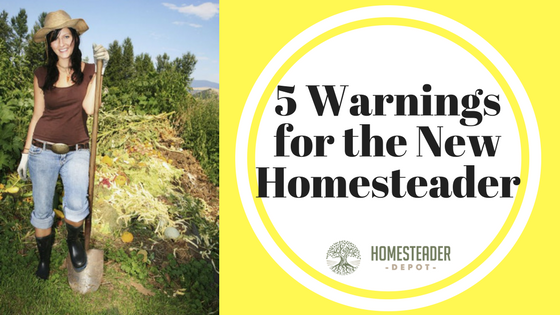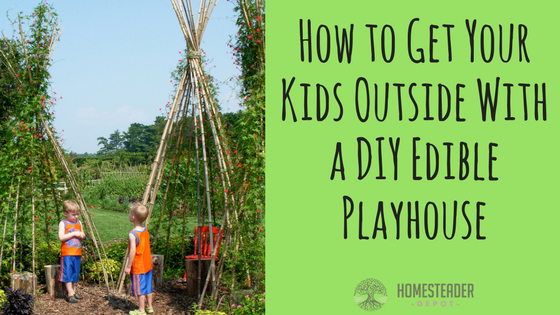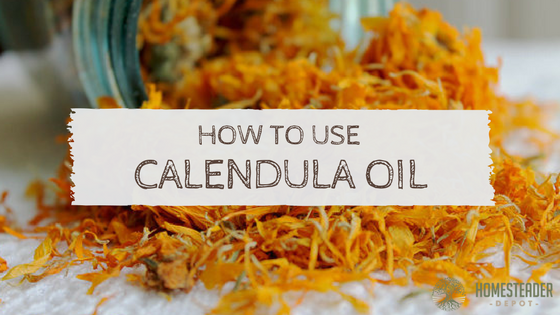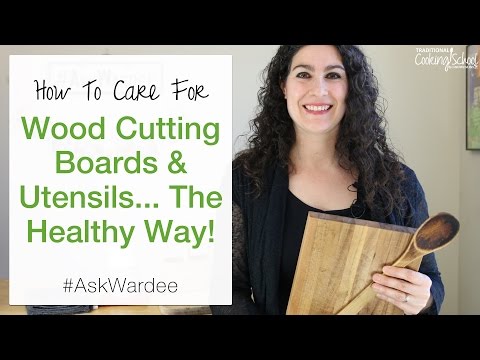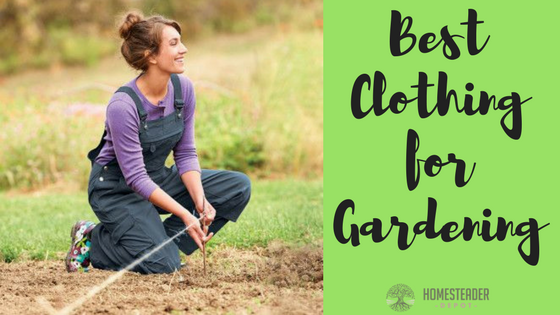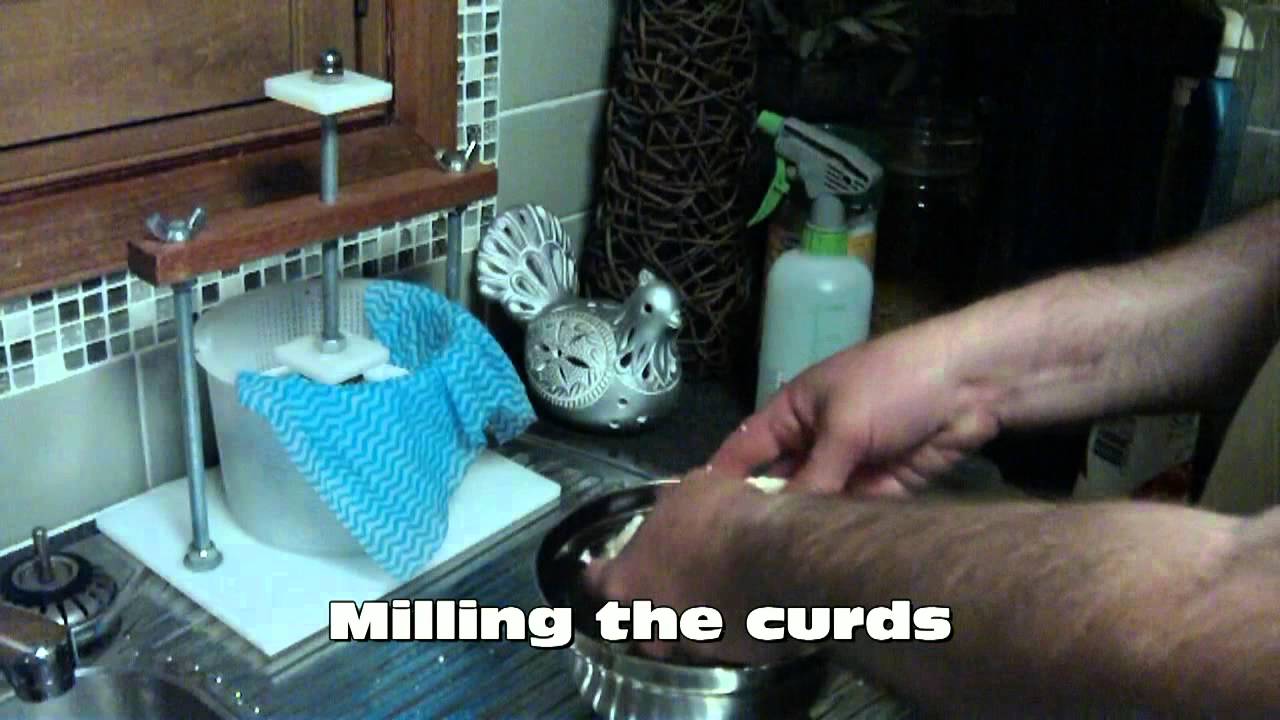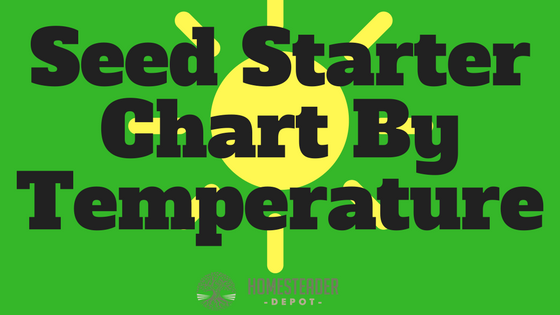5 Warnings for the New Homesteader
It might seem contradictory, but starting on the path to a “simpler” life can actually come with a lot of complications. In pursuit of all our hopes and visions for our homestead, we can become overwhelmed pretty quickly, or simply fail to anticipate common problems. Let me share with you a few key lessons I’ve … Read more

